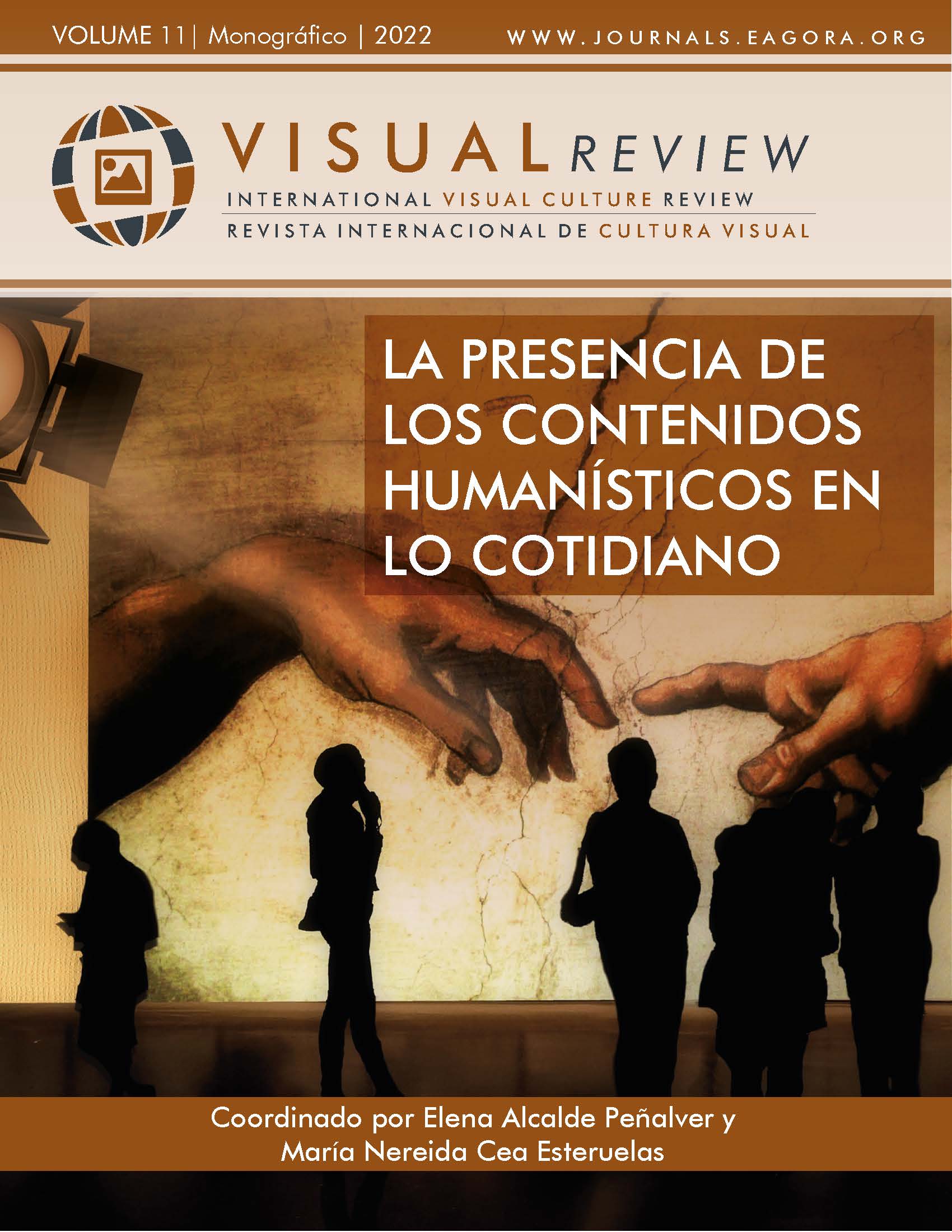Conscious communication and mental health: dual technique: suffering vs pain, for the improvement of stress
DOI:
https://doi.org/10.37467/revvisual.v9.3681Keywords:
Conscious communication, Mental health, Stress, Mindfulness, Communication, SufferingAbstract
The objectives of study will be based on deepening the limiting concept that stress is a consequence of circumstances external to us such as those generated by the Covid-19 pandemic, but it is born depending on the communicative way in which we evaluate the events, or our capacities to face and discern the duality of pain (primary suffering) and suffering (secondary suffering). The proposal of the dualistic technique of pain vs. Suffering is a research continuity of the Stress 0.0 program. a practical methodology to reduce stress to its minimum expression.
Downloads
Global Statistics ℹ️
|
505
Views
|
300
Downloads
|
|
805
Total
|
|
References
Doria, J. (2016). Las 40 puertas. Un camino hacia la inteligencia transpersonal y la atención plena. Editorial La esfera de los libros.
Doria, J. (2021). Inteligencia transpersonal. 40 rutas hacían una espiritualidad transreligiosa. Editorial Gaia.
García Campayo, J. (2015). Atención plena y compasión. La nueva revolución (1ª ed.). Editorial Siglantana.
García Campayo, J. (2019). La práctica de la compasión )1ª ed.). Editorial Siglantana.
García Campayo, J. (2021). Vacuidad y no dualidad. Meditaciones para deconstruir el yo (1ª ed). Editorial Kairós.
García Campayo, J. & Demarzo M. (2018). ¿Qué sabemos sobre Mindfulness? (1ª ed.). Editorial Kairós.
Kabat-Zinn, J. (2009). La atención plena en la vida cotidiana: Cómo descubrir las claves de la atención plena / Donde quiera que vayas, allí estás. Ediciones Paidós Ibérica.
Salovey, P. y Mayer, JD (1990). Inteligencia emocional. Imaginación, cognición y personalidad , 9 (3), 185-211.
Stahl, B. y Golstein E. (2010). Atención plena para reducir el estrés: una guía práctica. Editorial Kairós.
Shamash, A. (2015). Batir el estrés con atención plena (1ª ed.). Editorial Espasa books.
Vargas, J. (2016). La atención plena basada en la conciencia perceptiva como vínculo pedagógico entre tecnología y educación. https://www.intechopen.com/chapters/54943
Vargas, J. (2019). Storytelling Mindfulness: programa de narración de cuentos para meditaciones. https://www.intechopen.com/chapters/67587
Vargas, J. (2020). Stress 0.0. Experimental Program of Meditations for Stress Reduction. https://www.intechopen.com/chapters/67587
Vargas, J. & Sacaluga, N. (2021). Neurocomunicación visual consciente: gestión deliberada y potencial de la mirada, como argumento persuasivo no verbal para vencer y convencer. Bibliotecas. Anales de investigación, 17(4), 138-149. http://revistas.bnjm.cu/index.php/BAI/article/view/453
Downloads
Published
How to Cite
Issue
Section
License
Those authors who publish in this journal accept the following terms:
-
Authors retain copyright.
-
Authors transfer to the journal the right of first publication. The journal also owns the publishing rights.
-
All published contents are governed by an Attribution-NoDerivatives 4.0 International License.
Access the informative version and legal text of the license. By virtue of this, third parties are allowed to use what is published as long as they mention the authorship of the work and the first publication in this journal. If you transform the material, you may not distribute the modified work. -
Authors may make other independent and additional contractual arrangements for non-exclusive distribution of the version of the article published in this journal (e.g., inclusion in an institutional repository or publication in a book) as long as they clearly indicate that the work was first published in this journal.
- Authors are allowed and recommended to publish their work on the Internet (for example on institutional and personal websites), following the publication of, and referencing the journal, as this could lead to constructive exchanges and a more extensive and quick circulation of published works (see The Effect of Open Access).













